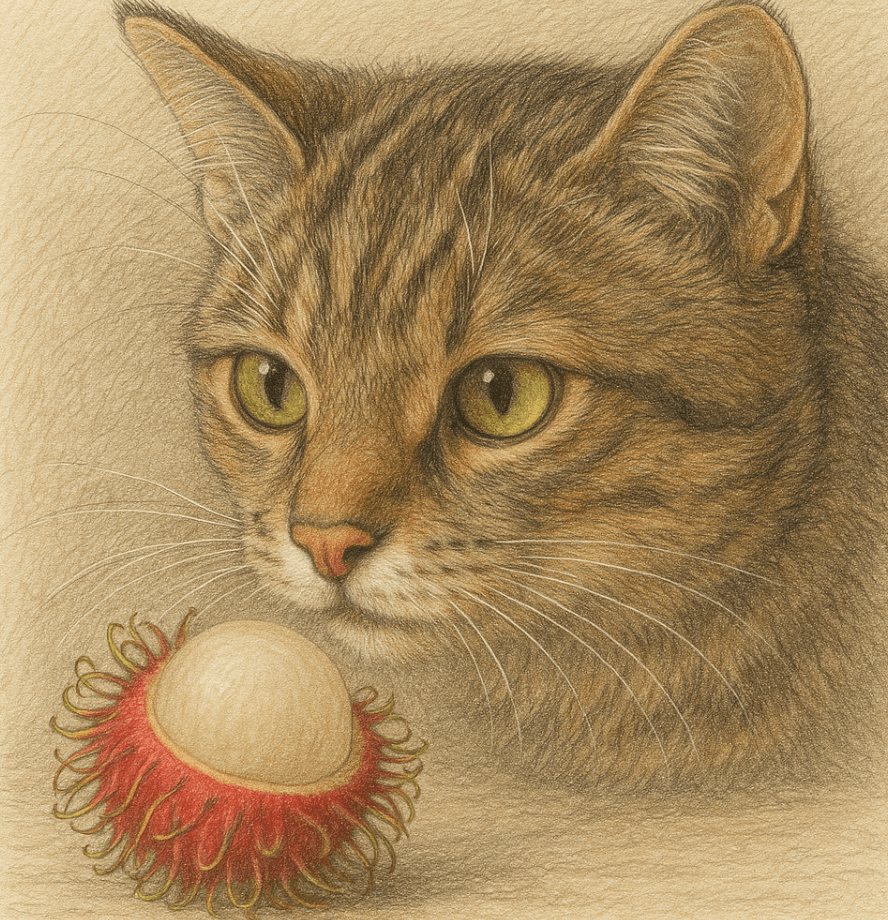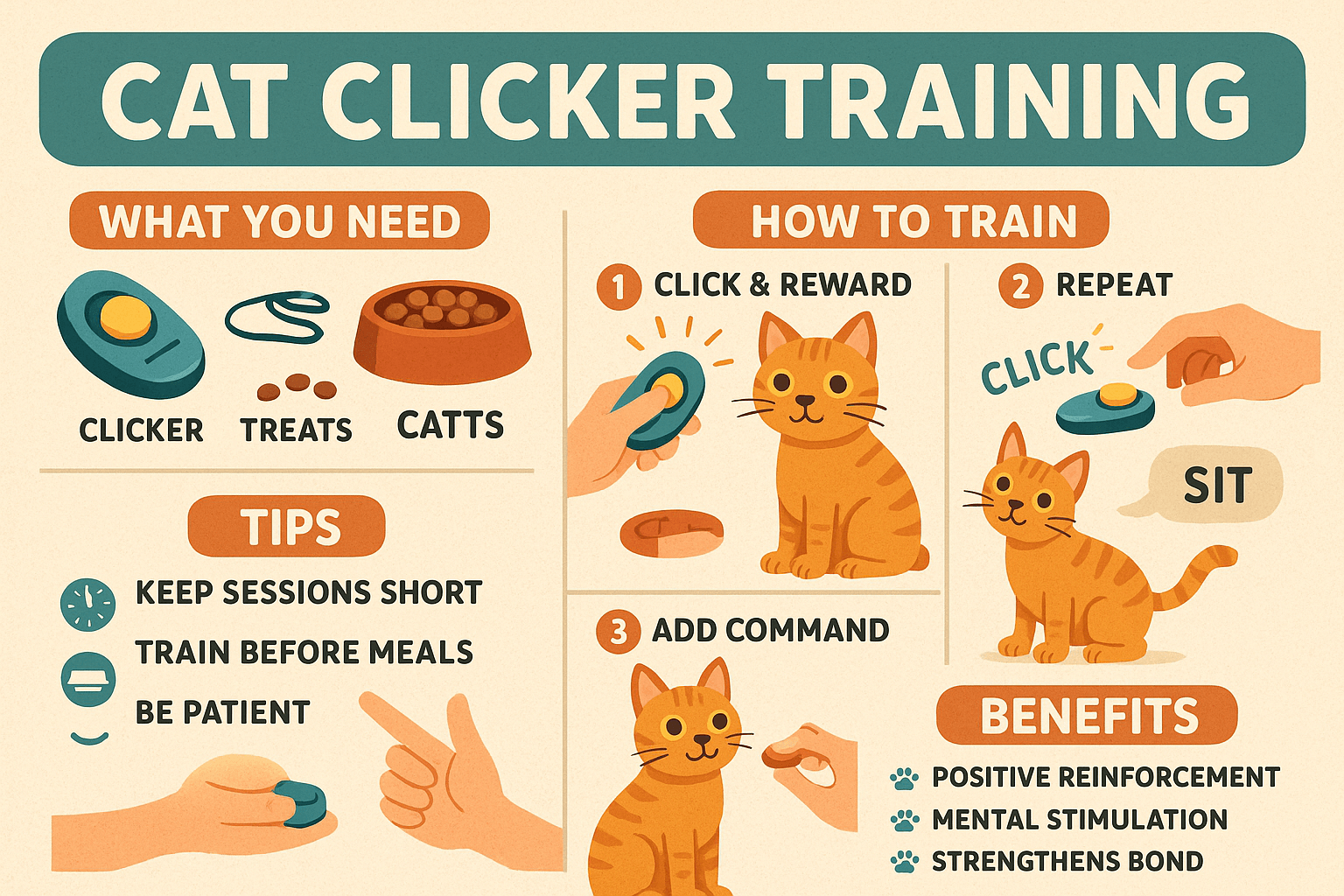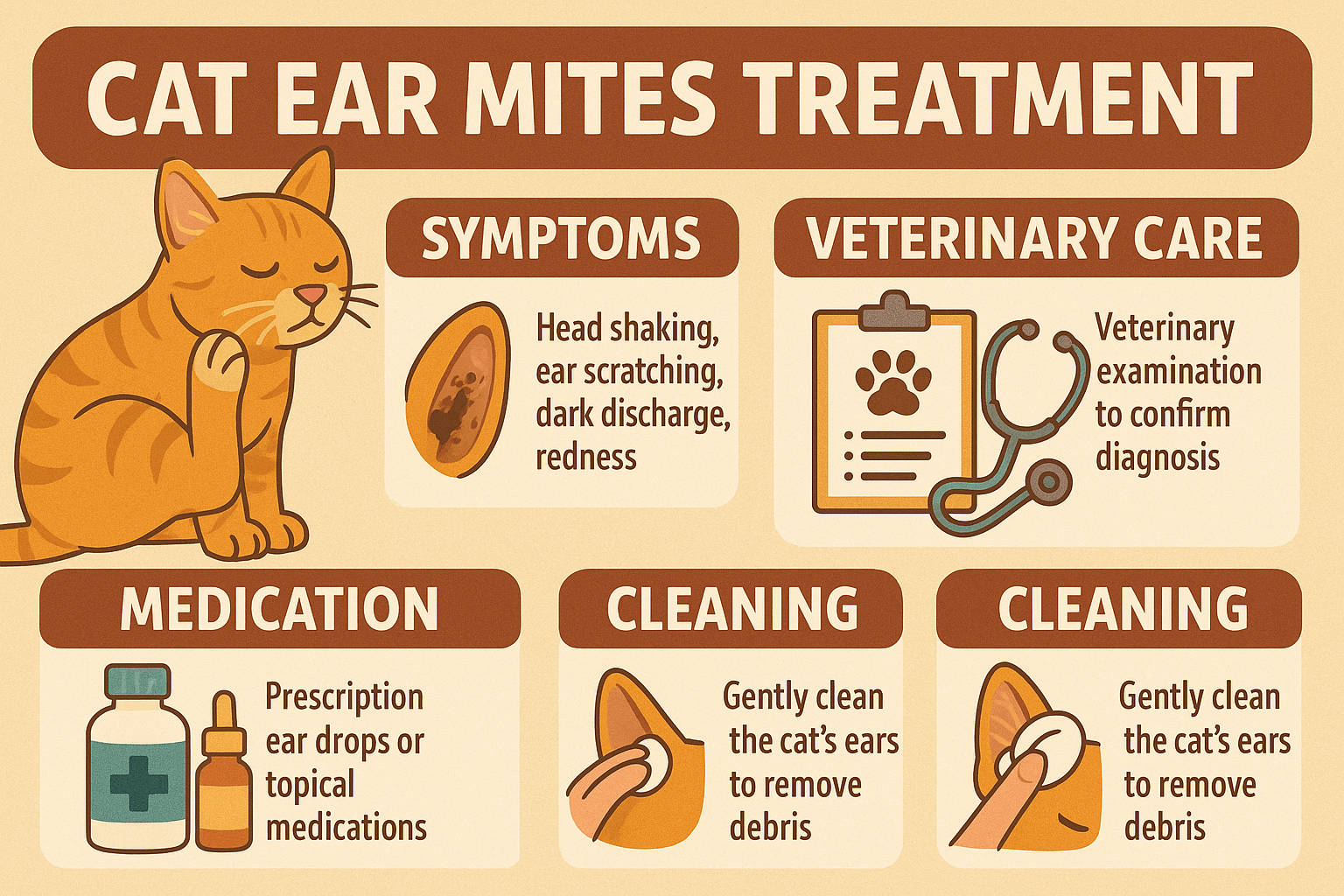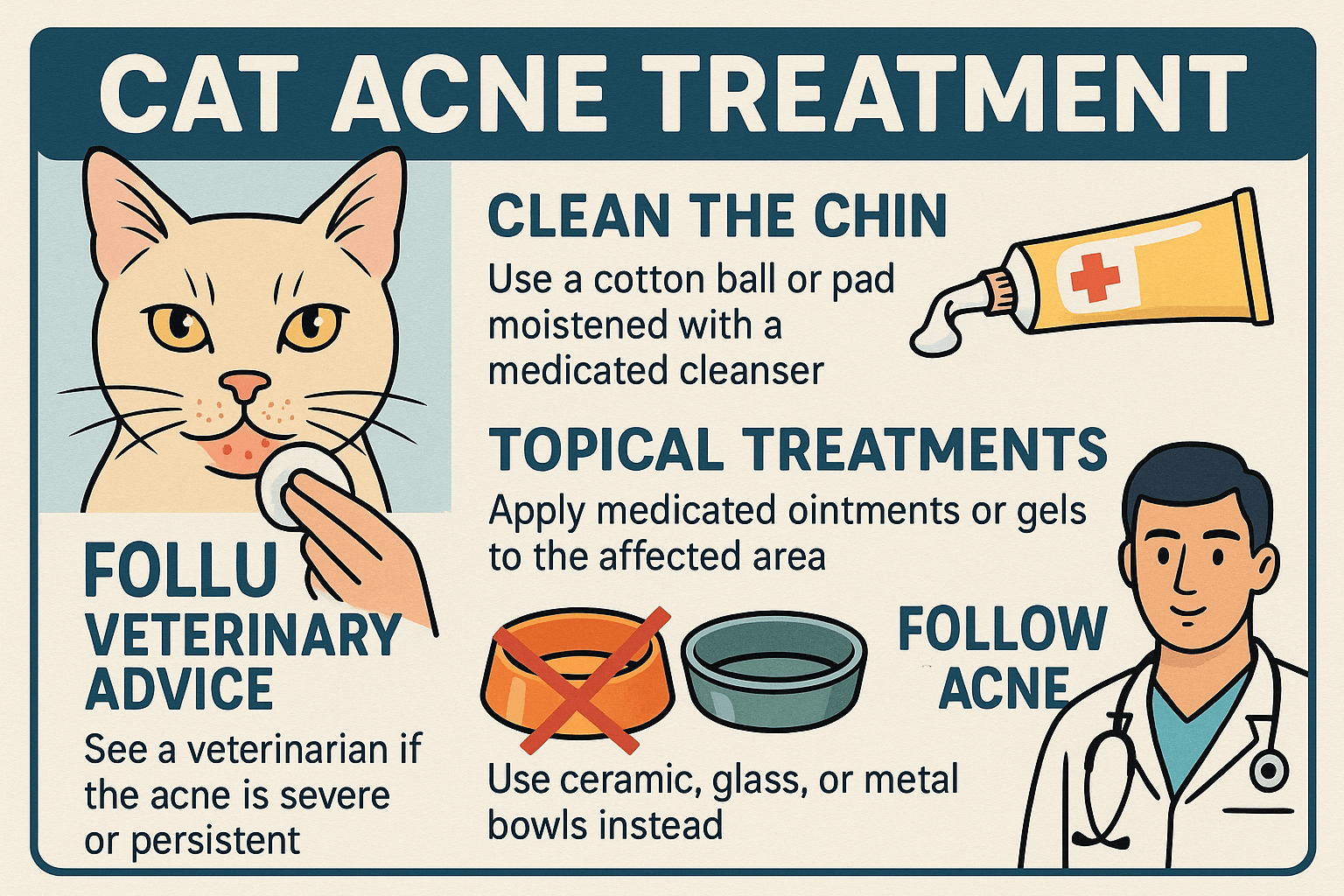Can Cats Eat Rambutan?
Rambutan, with its sweet and juicy flesh, is a tropical fruit that many humans enjoy as a refreshing treat. But what about our feline friends? If you’ve ever wondered whether cats can safely eat rambutan, you’re not alone. While cats are obligate carnivores, meaning their diet primarily consists of meat, they may occasionally show interest in fruits or other human foods. Understanding which foods are safe for cats is essential to ensure their health and well-being. In this blog post, we’ll explore whether rambutan is a suitable snack for your cat, its potential risks and benefits, and how to introduce it safely into their diet—if at all.
Potential Risks of Feeding Rambutan to Cats
While rambutan might seem harmless, there are several factors to consider before offering it to your cat. Here are the potential risks associated with feeding this exotic fruit to your feline companion.
High Sugar Content:
Rambutan contains natural sugars, which can upset a cat’s digestive system and lead to issues like diarrhea or vomiting if consumed in excess.Choking Hazard from the Seed:
The large seed inside the rambutan poses a choking risk if swallowed whole or improperly chewed by your curious cat.Digestive Upset from the Skin:
The tough, spiky skin of the rambutan is difficult for cats to digest and may cause gastrointestinal blockages if ingested.Allergic Reactions:
Some cats may have sensitivities or allergies to unfamiliar foods, including rambutan, leading to symptoms like itching or swelling.Nutritional Imbalance:
Since cats derive no nutritional benefit from fruits like rambutan, feeding it too often could disrupt their balanced diet.
These risks highlight why caution is essential when introducing rambutan—or any new food—to your cat’s diet.
Possible Benefits of Rambutan for Cats (in Moderation)
Although rambutan isn’t a necessary part of a cat’s diet, it does offer some minor benefits if given sparingly and prepared correctly.
Hydration Boost:
The juicy flesh of rambutan contains water, which can help keep your cat hydrated, especially during hot weather.Antioxidant Properties:
Rambutan is rich in antioxidants, which may support overall health by combating free radicals in small amounts.Mental Stimulation:
Offering a tiny piece of rambutan as an occasional treat can provide mental enrichment and satisfy your cat’s curiosity.Low Calorie Treat Option:
A small, seedless portion of rambutan is low in calories, making it a safer alternative to high-calorie snacks.Encourages Exploration of New Textures:
Cats are naturally curious, and trying new textures can engage their senses and encourage playful behavior.
While these benefits exist, they should be weighed against the potential risks to determine if rambutan is worth offering to your cat.
Check this guide 👉Can Cats Eat Tamarind? Best 7 Expert Tips!
Check this guide 👉Can Cats Eat Dumplings? Best 7 Expert Tips!
Check this guide 👉Can Cats Eat Mulberries? Best 7 Expert Tips!

Safe Ways to Offer Rambutan | Unsafe Practices to Avoid |
|---|---|
Remove the seed and skin completely | Giving the entire fruit with the skin |
Offer only a small, bite-sized piece | Allowing access to multiple pieces |
Monitor for any adverse reactions | Ignoring signs of choking or distress |
Serve as an occasional treat only | Feeding daily or in large quantities |
Consult your vet beforehand | Assuming all fruits are safe for cats |
How to Safely Introduce Rambutan to Your Cat
If you decide to let your cat try rambutan, it’s important to take precautions to minimize risks. Follow these steps to ensure a safe experience.
Start with a Tiny Piece:
Cut a very small piece of the fruit’s flesh—about the size of your cat’s kibble—to avoid overwhelming their system.Remove the Seed and Skin:
Always discard the seed and peel away the spiky outer layer to prevent choking or digestive issues.Observe for Reactions:
Watch your cat closely after they taste the rambutan for signs of discomfort, such as vomiting, diarrhea, or excessive drooling.Limit Frequency:
Reserve rambutan as an occasional treat rather than a regular part of their diet to maintain nutritional balance.Consult Your Veterinarian:
Before introducing any new food, seek advice from your vet to confirm it’s appropriate for your specific cat.
By following these guidelines, you can mitigate risks while satisfying your cat’s curiosity about this unique fruit.
Signs Your Cat May Be Struggling After Eating Rambutan
Even with precautions, complications can arise if your cat consumes rambutan improperly. Watch for these warning signs to act quickly if something goes wrong.
Vomiting or Diarrhea:
These symptoms may indicate that your cat has ingested too much sugar or an indigestible part of the fruit.Excessive Drooling:
Drooling could signal irritation or discomfort caused by the texture or components of the rambutan.Difficulty Breathing:
If your cat begins coughing or gasping for air, it may have swallowed a piece of the seed or skin, causing a blockage.Lethargy or Discomfort:
A sudden lack of energy or signs of pain might suggest internal irritation or an allergic reaction.Pawing at the Mouth:
This behavior often indicates that your cat is experiencing discomfort or has a foreign object stuck in their mouth.
Recognizing these signs early allows you to seek veterinary care promptly, preventing further complications.
Common Mistakes to Avoid When Feeding Rambutan
Feeding rambutan to your cat requires careful consideration to avoid mistakes that could endanger their health. Here are some pitfalls to watch out for.
Offering the Whole Fruit:
Giving the entire rambutan, including the skin and seed, increases the risk of choking or digestive blockages.Ignoring Portion Sizes:
Feeding more than a tiny piece can overwhelm your cat’s system due to the fruit’s sugar content.Leaving Them Unsupervised:
Unattended cats may swallow large chunks or attempt to eat unsafe parts of the fruit, leading to complications.Overfeeding Fruits in General:
Too many fruits can unbalance your cat’s diet, leading to weight gain or nutritional deficiencies.Neglecting Veterinary Advice:
Skipping a professional opinion can result in unknowingly harming your cat with inappropriate food choices.
Avoiding these mistakes ensures a safer and healthier experience for your cat.
Alternatives That Mimic the Experience of Rambutan
If you’re hesitant about feeding rambutan, there are plenty of alternatives that mimic its novelty without the associated risks.
Cucumber Slices:
Cucumbers are hydrating, low in calories, and safe for cats to nibble on as a crunchy treat.Watermelon Cubes (Seedless):
Seedless watermelon provides hydration and sweetness in a safer form for felines.Blueberries:
These antioxidant-rich berries are small, easy to serve, and packed with nutrients.Cooked Pumpkin:
Plain, unsweetened pumpkin aids digestion and satisfies a cat’s craving for soft textures.Freeze-Dried Meat Treats:
Designed for cats, these treats offer flavor variety without introducing unfamiliar ingredients.
These alternatives allow you to cater to your cat’s instincts while keeping them safe.
Understanding Your Cat’s Natural Instincts Around Fruits
Cats are naturally drawn to certain foods, including fruits like rambutan, due to their evolutionary curiosity. Understanding their instincts helps explain their fascination.
Exploratory Behavior:
Cats use their mouths to explore new textures, and fruits provide an intriguing sensory experience.Curiosity About Human Foods:
Observing their owners eating unusual items sparks interest and prompts them to investigate.Occasional Craving for Variety:
Despite being carnivores, some cats develop a taste for non-meat foods as a way to break monotony.Playful Engagement:
Rolling or batting at fruits like rambutan reflects their playful nature and desire for interactive toys.Seeking Hydration:
Juicy fruits may attract cats looking for additional moisture in their diet.
By recognizing these behaviors, you can better address your cat’s needs in a safe and controlled manner.
Frequently Asked Questions About Cats and Rambutan
Is rambutan toxic to cats?
No, rambutan itself isn’t toxic, but its high sugar content and indigestible parts can pose risks if not prepared properly.
Can kittens eat rambutan?
Kittens should avoid rambutan entirely due to their sensitive digestive systems and developing immune responses.
What part of the rambutan is safe for cats?
Only the soft, juicy flesh is safe, and even then, it should be offered in very small amounts without seeds or skin.
How often can I give my cat rambutan?
Limit rambutan to once or twice a month at most, ensuring it doesn’t replace nutrient-rich cat food.
What should I do if my cat eats the seed?
Contact your veterinarian immediately to assess the situation and prevent potential blockages or choking hazards.
Prioritizing Your Cat’s Safety When It Comes to Rambutan
While rambutan isn’t inherently harmful to cats, it’s not a necessary or highly beneficial addition to their diet. The key to feeding this fruit lies in moderation, preparation, and supervision. By understanding the potential risks and taking appropriate precautions, you can ensure your cat stays healthy and happy. Remember, your feline friend relies on you to make the best dietary choices for them—so always prioritize their safety over curiosity or convenience. With proper care, you can continue to nurture a strong bond with your cat while exploring new experiences together responsibly.
Cat Clicker Training: Best 7 Expert Tips! Discover how to train your cat using clicker techniques, improve behavior, and strengthen your bond with simple, effective strategies.
Lorem ipsum dolor sit amet, consectetur adipiscing elit. Ut elit tellus, luctus nec ullamcorper mattis, pulvinar dapibus leo.
Cat Ear Mites Treatment: Best 7 Expert Tips! Discover effective solutions to treat and prevent ear mites in cats, ensuring your pet's comfort and health with expert advice.
Cat Acne Treatment: Best 7 Expert Tips! Discover effective remedies, prevention strategies, and expert advice to treat and manage feline acne for a healthier, happier cat.



